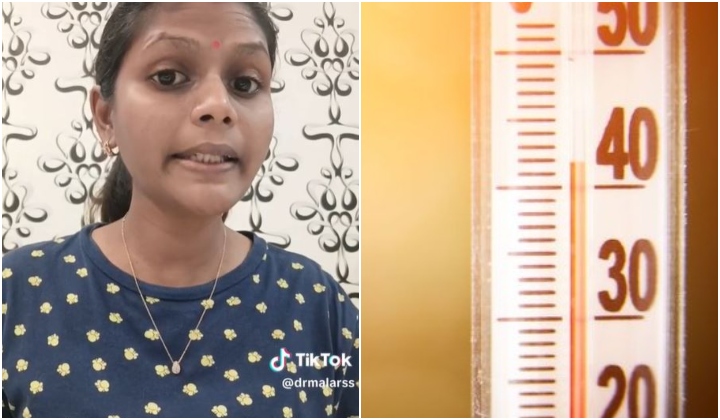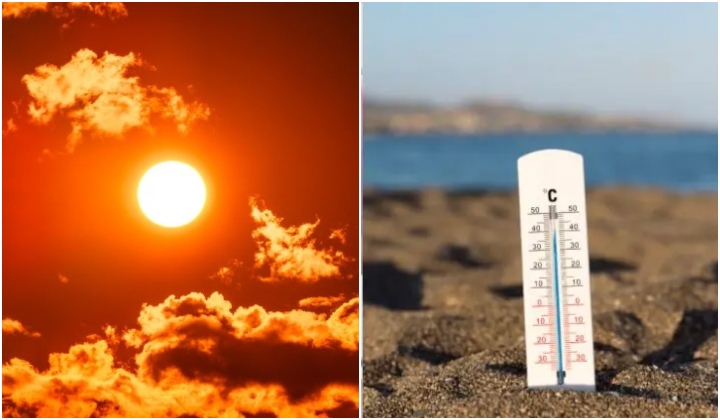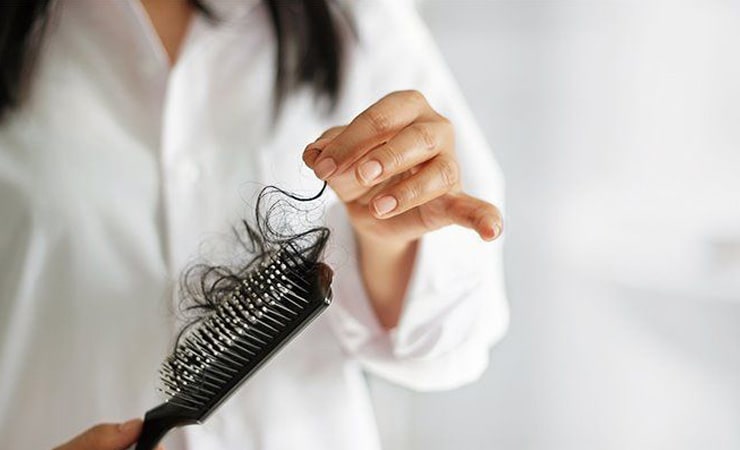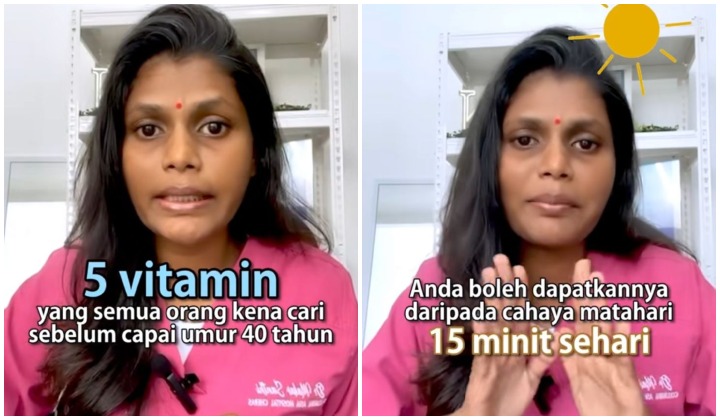“Heatstroke Is Like A Blown Radiator” – Dr Malar Warns Malaysians Of The Dangers Of Heatstroke
Heatstroke can occur when the body is too dehydrated to function and the body temperature exceeds 41 degrees Celsius.

Subscribe to our Telegram channel for the latest stories and updates.
Malaysian weather is no joke right now. Especially when the heat is too unbearable.
Just last week, Malaysians were shocked by the death of two children in Kelantan and Terengganu from the effects of heatstroke.
READ MORE: 18-Month-Old Child Dies Of Heat Stroke In Kelantan
Another case that happened this week in Johor was initially reported as a suspected heatstroke but was later clarified to be septic shock.
READ MORE: 12YO Kluang Boy Died From Septic Shock, Not Heatstroke
So what’s a heatstroke?
Due to the current heat wave, Dr Malar (@drmalarss), a medical practitioner, known for her educational videos on health on TikTok called Celoteh Dr Malar, made a video to address the dangers of heatstroke, how to recognise and avoid it.
According to her, to better understand what a heatstroke is, she gave an analogy of a car radiator.
There’s a part of the human body that has the same function as a car radiator, called the Hypothalamus, which is to control the temperature.

Just like a car radiator, if it gets too hot and it doesn’t have the right amount of water/coolant, the temperature can rise dramatically. In the human body, if the hypothalamus doesn’t function anymore, the temperature can rise up to 41 degrees Celcius and this can result in a heat stroke.
Symptoms of heatstroke
Symptoms of heatstroke are:
- Confusion, slurred speech, altered mental status
- Seizures
- Loss of consciousness
- Fainting
- Hot and dry skin, red or pale skin colour
When humans exceed the 41 degrees Celsius temperature which is too high, our blood can’t even travel to the other important organs in our body like the heart, brain, kidneys, and skin too.
Dr Malar, Health Practitioner
And in an event of a heatstroke, humans can’t even sweat at the time, because there is not enough water in the body.
Ways to help someone suffering from heatstroke
If someone you know or anyone near you is facing these symptoms, Dr Malar asks you to try and help as much as possible by following these steps:
- Call 999
- While waiting for the ambulance, if the victim doesn’t have a pulse, start CPR immediately.
- If they have a pulse, and the victim is still breathing, try to bring their temperature down by:
- Bringing them to a shady place.
- Make sure the place has good air ventilation. You can turn on the air conditioner or direct the fan to their face.
- Cool down their body with water. Splash water on their face or put ice packets on their necks, armpits, and groin area to cool their body down faster.
@drmalarss Senang je nak faham strok haba. ingat radiator kereta pecah, haaa camtu jugak keadaan dalam tubuh ketika strok haba berlaku. #celotehdrmalar #healthinfluencer #strokhaba #heatsroke ♬ original sound – Celoteh Dr Malar
Ways to prevent heatstroke
In a separate video, Dr Malar also shared tips and ways to prevent heatstroke which could not just happen to a child, but to adults too.
Some of the ways to prevent them include:
- Drinking plenty of water – It doesn’t matter if you’re thirsty or not, drink a good amount of water when you can.
- Avoid drinks & food that pull water away from our bodies such as these:
- Carbonated drinks
- Caffeinated drinks
- Sugary drinks
- Oily food
- Avoid being in a hot environment by doing things like:
- Turning on the air conditioner
- Opening the windows
- Turning on the fan
- Avoid being in a crowded place for too long (assembly, open house)
- Avoid dark and tight clothes – Dark colours absorb heat and tight clothes limit air ventilation.
- Avoid multilayer clothes – Avoid wearing more than one or two layers of clothes or those with thick fabric. Opt for thinner and more flexible clothing.
Share these tips and knowledge with your family and friends to keep them updated on this potentially fatal condition. Who knows, you might save a life.
READ MORE: Hot And Bothered? Here’s How To Stay Safe In This Heaty And Hazy Season
READ MORE: Hankering to Beat the Heat? Here Are Some Ways to Cool Down At Home Without The Air Conditioner!
Share your thoughts with us via TRP’s Facebook, Twitter, and Instagram.





